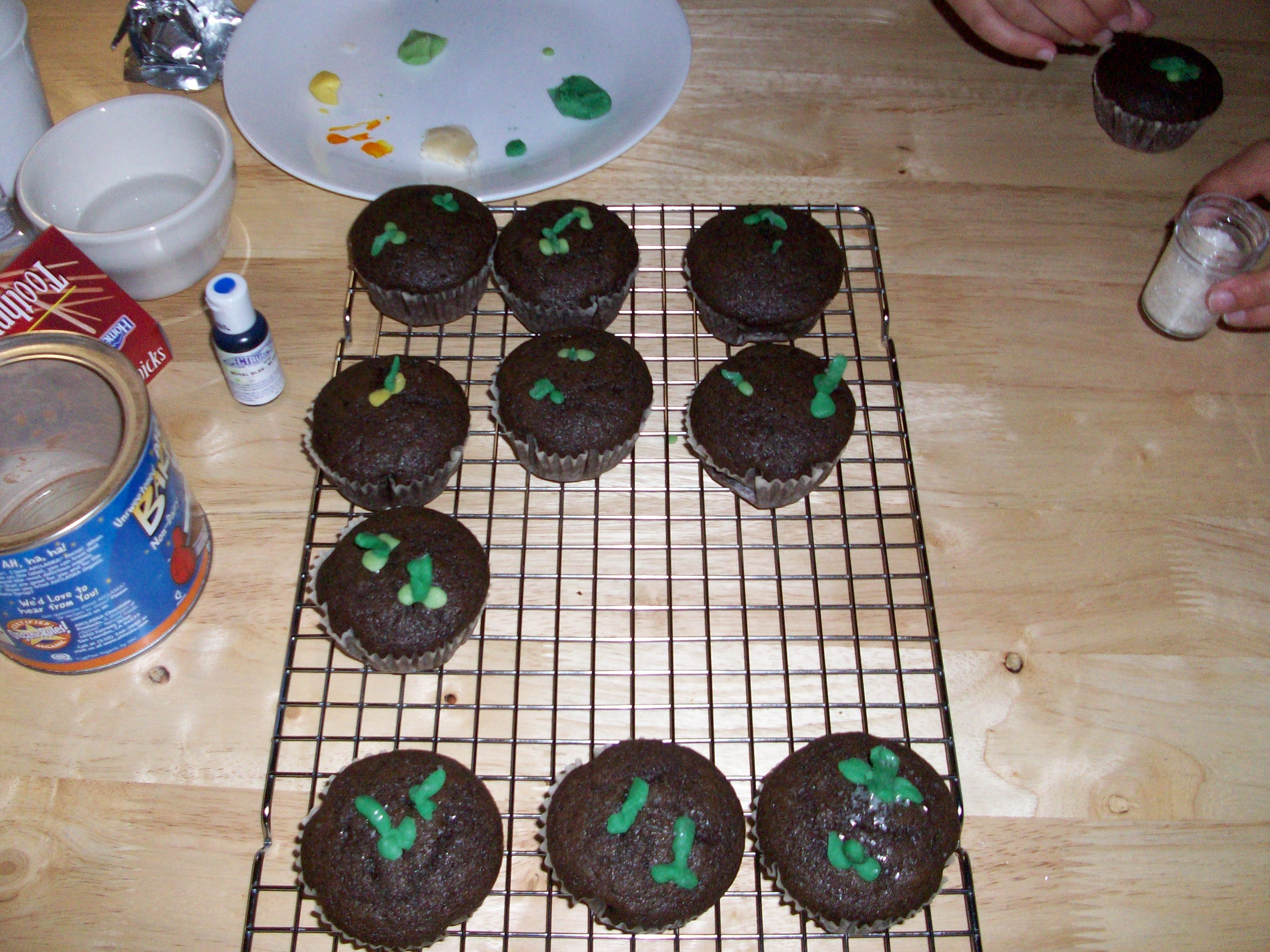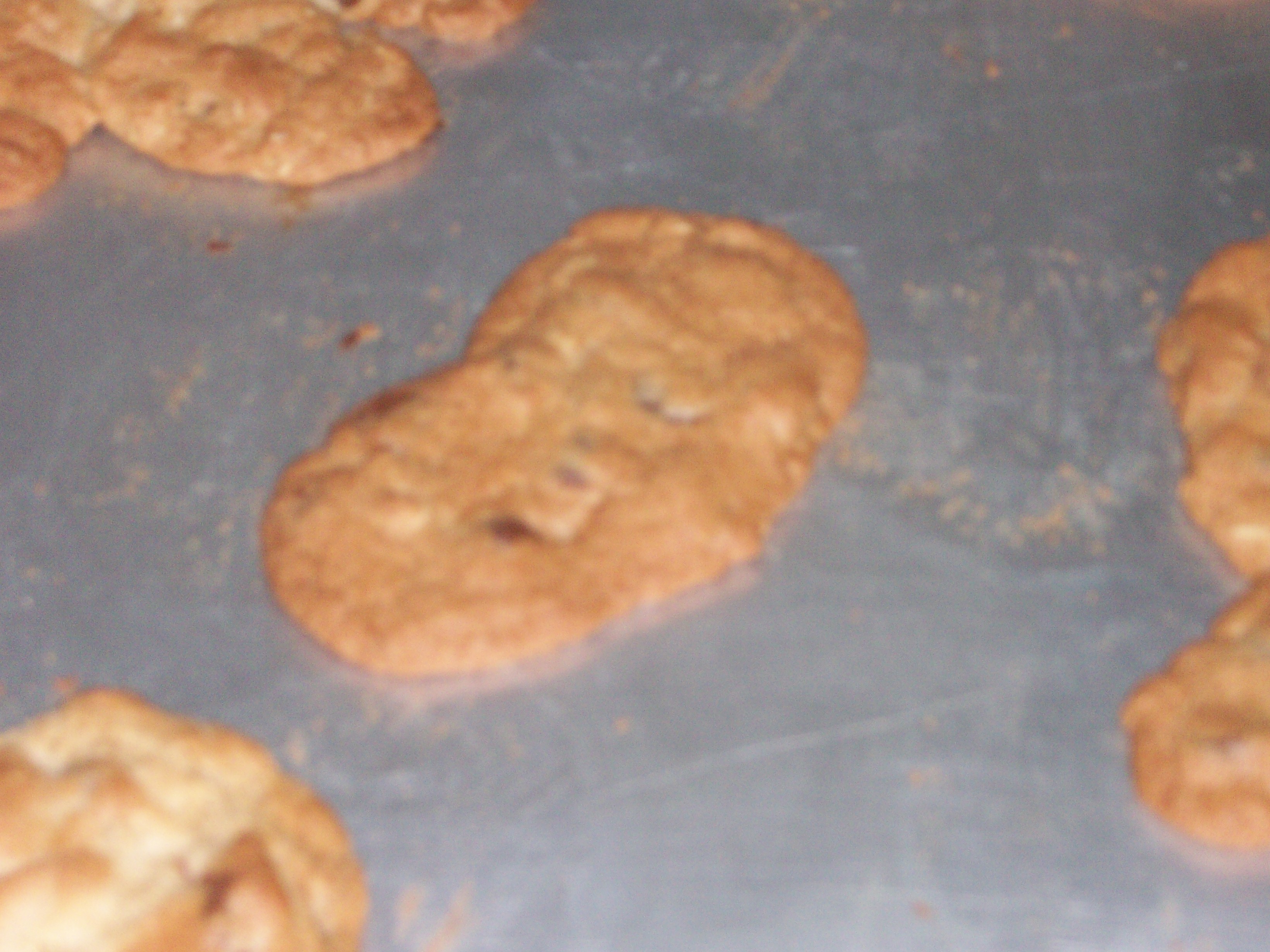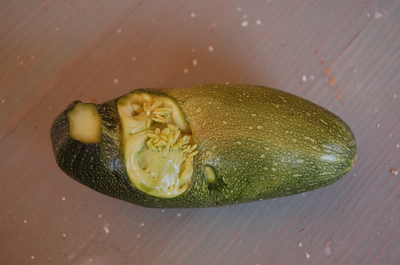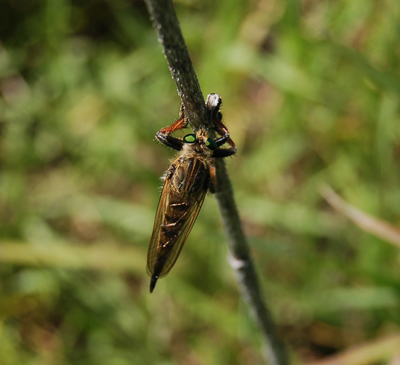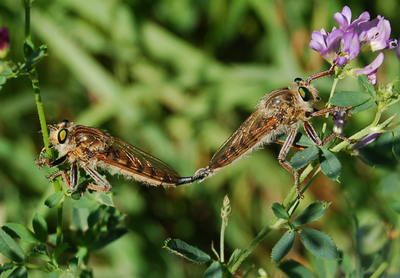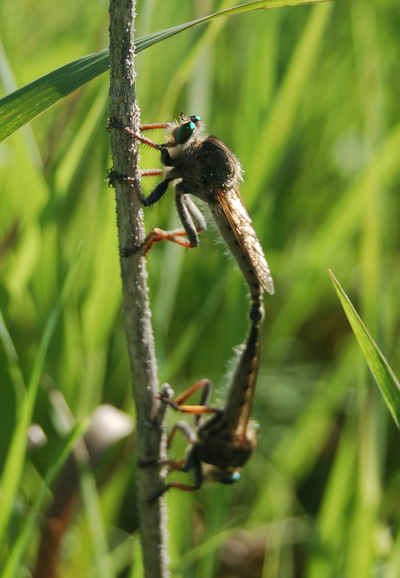I drove up to Minnesota from Illinois on Monday night, May 4. I felt like I drove backward in time about two weeks. The trees weren’t green, the brome wasn’t above the thatch, and no warblers were in the yard of the farm. When I left on Friday, it felt like spring had progressed more than a week. Maybe I was just happy I got everything done on the to do list.
Late morning on Tuesday it was raining, so Amy, Brad, and I went into Kensington to look at place to rent for the summer. We met the owner and her daughter at the former Kensington Town Hall. The main room of the building is a basketball court–it is a large space. The family had added rooms and amenities and lived there for several years. The place was too expensive to heat during the winter (in spite of the newly insulated ceiling and new windows), so they moved elsewhere and are looking to sell the Town Hall. It will be a great space for Team Echinacea this summer, so we rented it.
It was still quite wet at 1. We ate lunch at the Kensington Cafe.
Amy, Brad, and I mowed fire breaks for the Echinacea seedling recruitment experiment. The experimental plots are on State land: Kensington Duck Refuge (2 plots), Eng Lake WMA (1 plot), and Hegg Lake WMA (5 plots). We got all breaks mowed and flagged. It was much more efficient with three than with one. We even had two mowers! The plots are ready for the DNR crew to burn!
We have 4 other experiment going at Hegg Lake WMA. Jennifer’s phenology common garden experiment is in the unit scheduled to be burned this spring. The fiberglass poles on the E side are gone. Someone drove a truck across the S edge. We found one flag at the S edge of the plot. It was labeled 39–we saw no plants nearby. Amy and I looked for plants in the SW corner. There was a pole there, so we thought we could find where plants should be. We easily found a plant in each of the three spots we looked–the 2 S-most spots in row 1 and the S-most spot in Row 2. They were 3 – 5 cm tall. All in all, the plot looks good. A burn will help the plants. We planted ~3700 seedlings in 2006 and found 2997 still alive in 2008. I suspect shading has contributed to the mortality. A burn will be good.
In the central burn unit at Hegg Lake (burned in spring 2008) three experiment were planted. These experiments all investigate how the genetic composition of seeds influences their recruitment. In all three experiments seeds were broadcast over vegetation last November. Amy found seedlings in her local adaptation experiment. (!) This plot has seeds from Minnesota (very local), E. South Dakota, and W. South Dakota. Only cotyledons were present so far, no true leaves yet. I wonder if there are differences in the timing of emergence of seeds from these places. We didn’t see seedling in the rescue experiment–all local seeds, F1. We only briefly looked at Caroline’s experiment–F2 generation of local seeds.
We peeked at a small dense remnant patch of Echinacea. It burned last year and maybe a dozen plants flowered. We saw quite a few seedlings. Sometimes it is so easy to spot them.
It turned out to be a good day. The only drawback was that I forgot to bring my key to the farmhouse. I brought my huge ring of keys, but forgot that I had lent out that key last fall. So, instead of spending the night, I drove back to MPLS.
Had good meetings with Ruth and Caroline on Wednesday and then drove back up to the farm on TH with my Dad. He brought his key.
I accomplished all items on the “to do” list. But just walking around I saw a million other things to do that weren’t on the list. Sigh.
The Common Garden looks good. I cut sumac on the E side with the brush cutter. We girdled and cut some trees on the E side, mostly ash and a few box elders. They were shading the E side. I hand broadcast 1/3 of a grocery bag of Bouteloua curtipendula seed (a little bit of Schizachyrium scoparium too) in both units. Last fall I harvested 2/3 of a bag and I broadcast half of that at the end of December (brr). I saw no fresh gopher activity.
The Echinacea plants I looked at were 2 – 10 cm tall. None of them were far enough along to tell if they are going to flower.
I seeded other prairie seeds in the ditch, near the Hjelm house, and in the backyard prairie garden. There were some seeds from last year. Most were collected a long time ago and had been stored in a fridge at the U of MN in preparation for planting in Spring 2003. I forgot to plant them then. We’ll see if any take.
On Friday morning I drove to Glenwood and gave a presentation to the DNR wildlife staff (Kevin, Rich, Jason, Wayne & Bob) and others on fire ecology. They asked lots of good questions. We discussed many aspects of prairie and fire ecology. The wildlife staff is the group responsible for transforming Hegg Lake from the weedy, treey, low-diversity oldfield WMA with patches of declining prairie remnants to the vibrant, well-managed grassland, wetland, and native prairie complex that it is today.
Kevin, Rich, Jason, Wayne & Bob are also the guys who burn the plots in our recruitment experiment, so I wanted to update them on the analysis that Amy and Caroline just did and tell them our new experimental design for burns. Getting all the plots burned has been a challenge in the past few years. Now that we are expecting plants to start flowering, we want to get a complete burn treatment in this spring.
We also worked in the vegetable garden. The asparagus was peeking up, garlic, and rhubarb are growing up. Peas and lettuce planted earlier this spring were just up. My Dad planted a whole lot of seeds and potatoes while I was in Glenwood. We also starting working on a new area for the vegetable garden.
Phenology notes for Megan: The only non-weedy plants I noticed in flower were Pulsatilla, Geum triflorum, Violas, and a few carices. The carices were in the lawn at the farm (probably Carex pennsylvanica, a weed, and another one). I didn’t see any prairie Carex flowering at Hegg, but they will be soon. The Violas in the lawn at the farm were well along and there were a few starting on the edges of gravel roads. V. pedatifida wasn’t flowering. Prunus aren’t yet flowering but P. americana will be soon.

